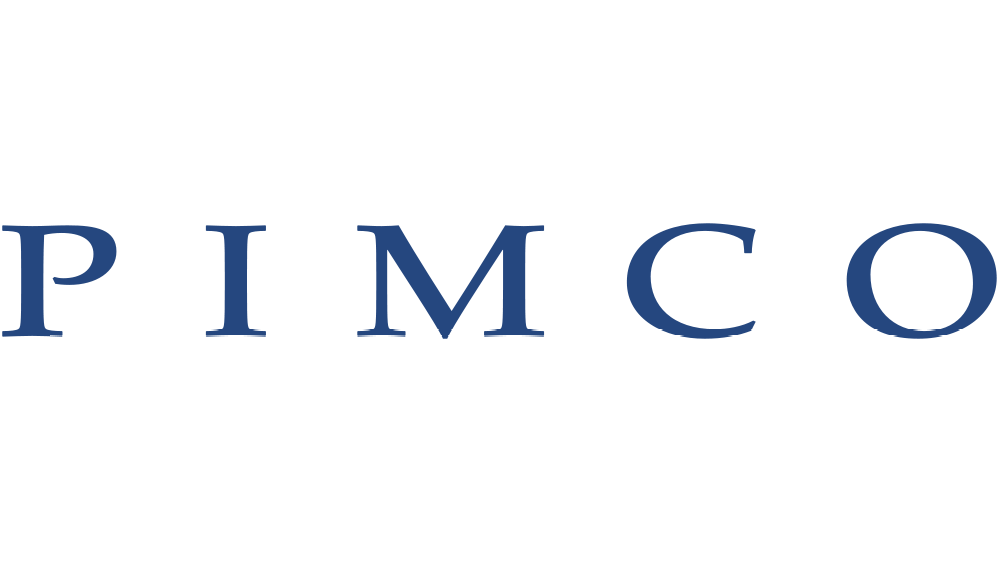Semi-Automating Knowledge Base Construction for Cancer Genetics
doi:10.24432/C5RG6T
TL;DR
Retrieving medical information from oncology literature using NLP. The vast and rapidly expanding volume of biomedical literature makes it difficult for domain experts to keep up with the evidence. In this work, we specifically consider the exponentially growing subarea of genetics in cancer. The need to synthesize and centralize this evidence for dissemination has motivated a team of physicians (with whom this work is a collaboration) to manually construct and maintain a knowledge base that distills key results reported in the literature. This is a laborious process that entails reading through full-text articles to understand the study design, assess study quality, and extract the reported cancer risk estimates associated with particular hereditary cancer genes (i.e., \emph{penetrance}). In this work, we propose models to automatically surface key elements from full-text cancer genetics articles, with the ultimate aim of expediting the manual workflow currently in place. We propose two challenging tasks that are critical for characterizing the findings reported cancer genetics studies: (i) Extracting snippets of text that describe \emph{ascertainment mechanisms}, which in turn inform whether the population studied may introduce bias owing to deviations from the target population; (ii) Extracting reported risk estimates (e.g., odds or hazard ratios) associated with specific germline mutations. The latter task may be viewed as a joint entity tagging and relation extraction problem. To train models for these tasks, we induce distant supervision over tokens and snippets in full-text articles using the manually constructed knowledge base. We propose and evaluate several model variants, including a transformer-based joint entity and relation extraction model to extract \texttt{} pairs. We observe strong empirical performance, highlighting the practical potential for such models to aid KB construction in this space. We ablate components of our model, observing, e.g., that a joint model for \texttt{} fares substantially better than a pipelined approach.
Citation
@inproceedings{
wadhwa2020semiautomating,
title={Semi-Automating Knowledge Base Construction for Cancer Genetics},
author={Somin Wadhwa and Kanhua Yin and Kevin S. Hughes and Byron Wallace},
booktitle={Automated Knowledge Base Construction},
year={2020},
url={https://openreview.net/forum?id=EQrvONEwh},
doi={10.24432/C5RG6T}
}






